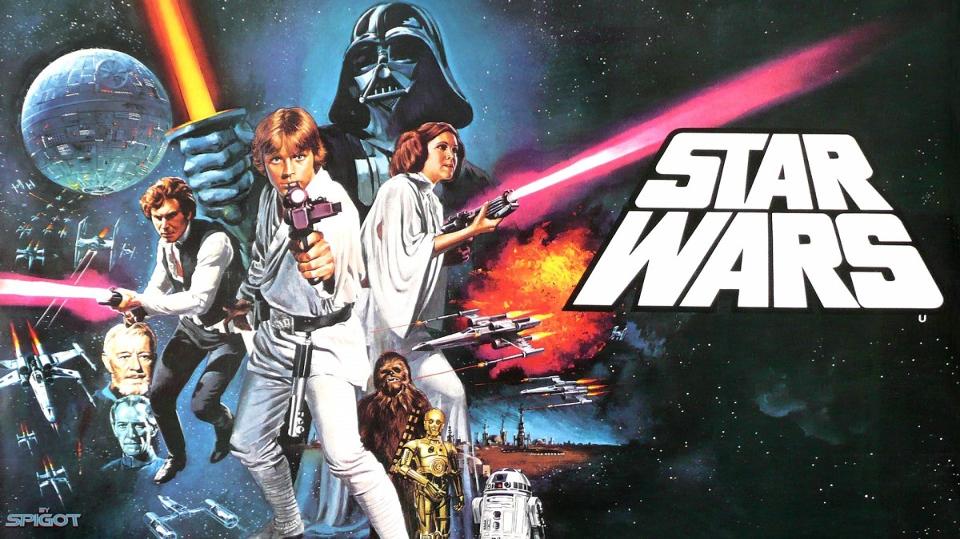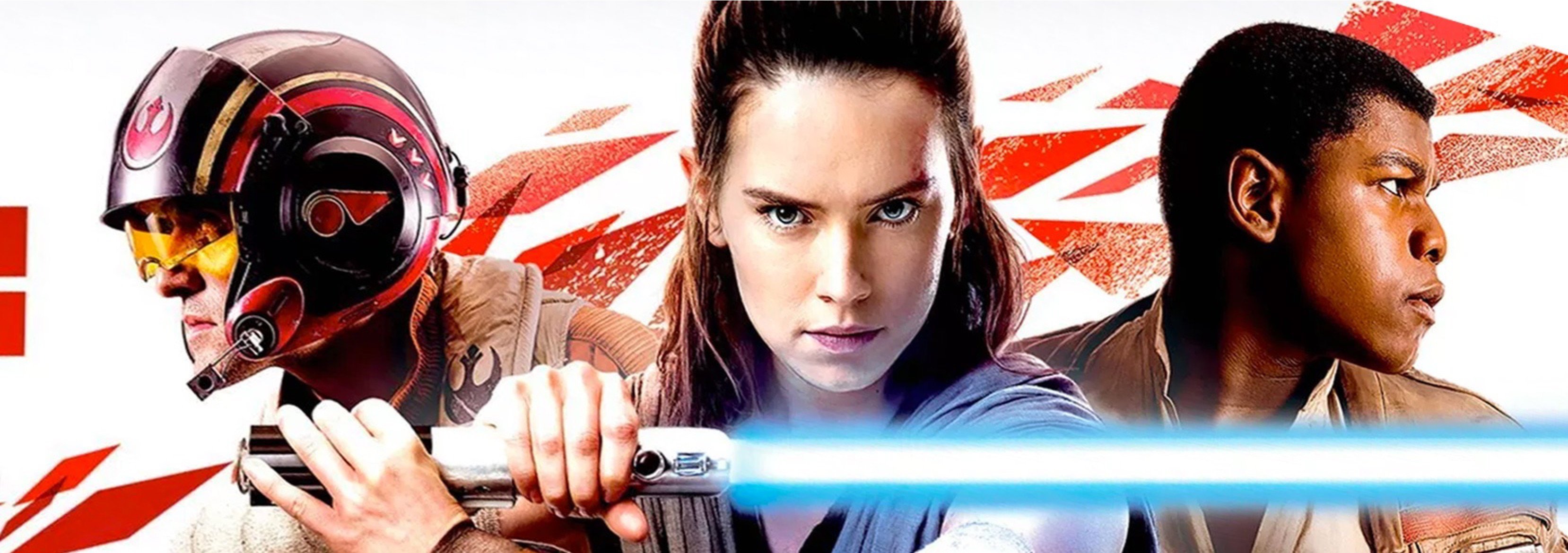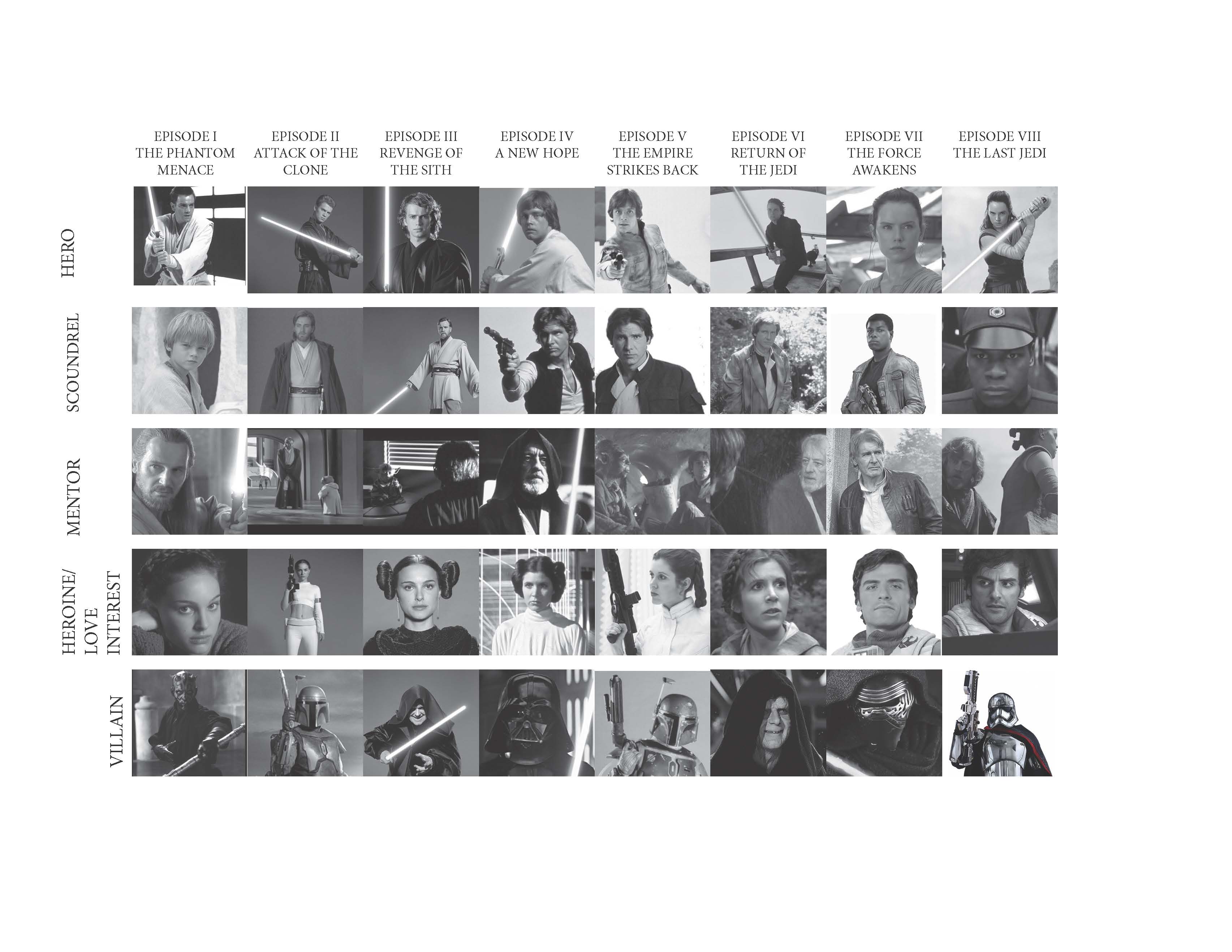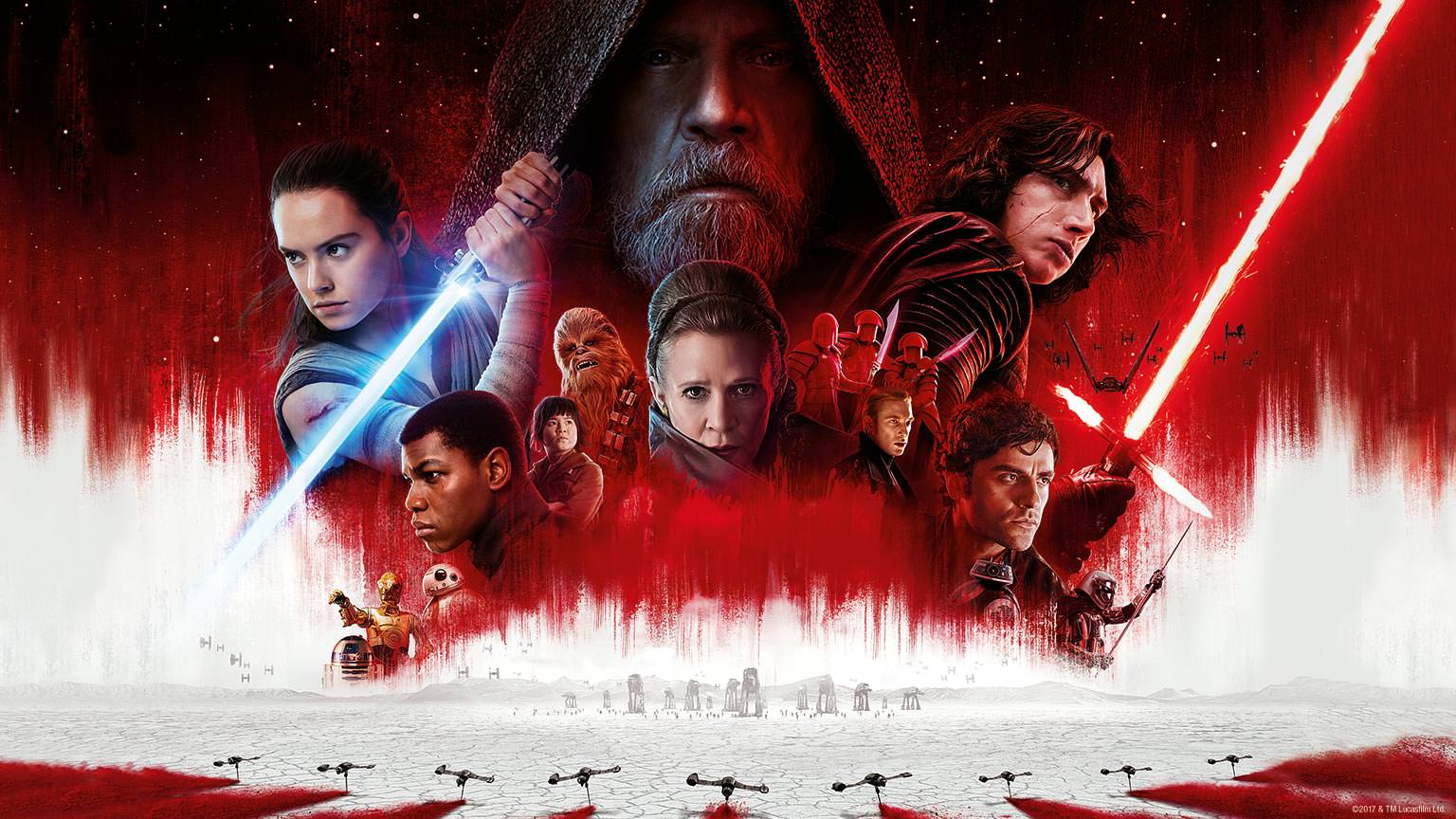In storytelling, be it classical, medieval or modern day, all characters (protagonists and antagonists) use their special attributes to continue the plot movement of a good story.
One of the oldest and most well known examples of this is the story of Camelot from the fifth and sixth centuries A.D. In these stories there are four pivotal roles given to the characters in the legend of King Arthur.
There is a hero, a heroine, a sidekick and a wise counsel. This became a formula for many forms of storytelling following these stories.
King Arthur is the hero, the heroine is Arthur’s wife Guinevere, and as a later addition Lancelot would be considered his sidekick. Oddly enough, Lancelot would also be known to have seduced Guinevere, thus making him a sort of a scoundrel.
Lastly, Merlin the Magician would serve as Arthur’s wise counsel in his quest to defeat the notorious traitor, Sir Mordred.
These stories have all been debated for their reality, to include the fabled sword Excalibur. Stow this information to the side for a little bit, we’ll use them later.
 Flash forward to 1977, when an avant-garde filmmaker came up with the idea to create a space opera that would lead to a revolution of not only how movies are made, but set in motion a cultural iconology that has affected every generation it has been presented to.
Flash forward to 1977, when an avant-garde filmmaker came up with the idea to create a space opera that would lead to a revolution of not only how movies are made, but set in motion a cultural iconology that has affected every generation it has been presented to.
Be it young or old, most of the last four generations can say that “Star Wars” has affected them in one way or another.
Though this article isn’t about singing the praises of this multi-billion dollar story, it is a genuine guide for the original movies, the new ones and (dare I say it) the prequels.
This story is made from a recipe that some might consider reductive and insulting by being predictable, but it IS a story for children after all.
This is merely food for thought. I don’t work for Disney or Lucasfilm, but I would like to offer my humble idea on how these next two movies may play out using observation and the presented information.
Each character in the saga has a mirror, one in the prequels, one in the originals, and one in the 2015 and 2017 movies. Humor me to abbreviate each movie to help keep track of them. “The Phantom Menace” (“TPM”), “Attack of the Clones” (“AOTC”), “Revenge of the Sith” (“ROTS”), “A New Hope” (“ANH”), “Empire Strikes Back” (“ESB”), “Return of the Jedi” (“ROTJ”), “TheForce Awakens” (“TFA”) and “The Last Jedi” (“TLJ”).
 Let’s start with “TPM,” young Anakin Skywalker leaves his desert world for adventure. “ANH,” young Luke Skywalker leaves his desert world for adventure. “TFA,” young Rey leaves her desert world for adventure.
Let’s start with “TPM,” young Anakin Skywalker leaves his desert world for adventure. “ANH,” young Luke Skywalker leaves his desert world for adventure. “TFA,” young Rey leaves her desert world for adventure.
Though the characters and their mirrors aren’t pure reflections and the character roles can be interchangeable… e.g. Anakin and Luke take a starfighter and blow up a circular style base ship with torpedoes and Rey does not. StarKiller base was still destroyed at the hands of Poe. Again, duties can be interchangeable.
Now, let’s revisit Camelot. Obi-Wan is designated as the hero, Padme is the heroine, and Anakin would be the sidekick. He and Anakin could easily be interchangeable in that role.
Logically, who would the Merlin be in this? Thats right, Qui-Gon Jin served the role of the wise sage. Now, Luke is to Anakin as Leia is to Padme and Han is to Obi-Wan.
Let’s try that with “TFA.” Rey is to Luke as Poe is to Leia, and Finn is to Han. How do I substantiate that? Finn rescued Poe like Luke rescued Leia. Again, roles are interchangeable, but the actions still occur. By the logic presented, there should be love interest… however, my money is on Finn and Rose, played by Kelly Marie Tran.
Let’s step back for a minute. What happened to Qui Gon Gin at the end of “TPM” and Obi-Wan Kenobi at the end of “ANH?” Using that logic, Han Solo would be the “merlin” in “TFA” because he met the same fate.
As you watch the movies before the next one comes out, I ask you to try this logic and compare the prequels to the originals. This can also help you determine the recipe in the new films.
In “AOTC,” Obi-Wan battles it out with Jango Fett in an asteroid field. In “ESB,” Han and crew escapes the Empire in an asteroid field. If I was a betting man, I would say that someone (either the hero or the sidekick) will battle it out with the enemy in nothing less than… you guessed it, an asteroid field.
I’ll also bet that the hero (or heroine in this case) will lose an appendage. There will be a platform like Cloud City in “ESB” and Kamino in “AOTC.” And finally, most shocking of all, someone will be kidnapped like Han was in “ESB” and Obi-Wan was in “AOTC.”
Though Disney bought the rights to the saga, I know in my heart of hearts that they will not veer away from this “recipe.”
“Rogue One” is the exception as the recipe doesn’t work on this. However it does serve as a nod to one of George Lucas’ inspirations, Akira Kurosawa’s “Seven Samurai.” This film helped Lucas create the idea of the Jedi and their selfless quest for justice.
I’m sure everyone will binge all seven movies in preparation for “TLJ.” As you watch them, take special note to “ESB.” Remember a reluctant Yoda not wanting to train Luke as he thought he was too old and set in his ways. Flash forward to “TLJ” where Luke appears adamant about teaching Rey.
I leave you with one last morsel: In “ROTS” Chancellor Palpatine, after being defeated by Mace Windu, pleads with Anakin to help him. Anakin takes the bait and Windu gets his hand cut off and thrown out the Windu (pun intended).
In “ROTJ” (one of ROTS’s mirror), Luke pleads to Anakin (Vader) for help. Anakin (Vader) takes the bait and Palpatine also falls to his death. Could Luke dressing like a Sith and mirroring Palpatine indicate he’s a bad guy now?
Xavier Razo
Graphic Designer


